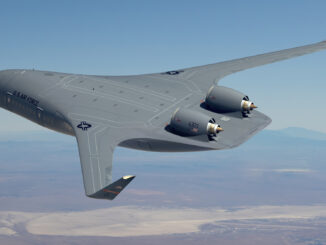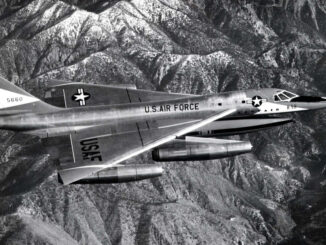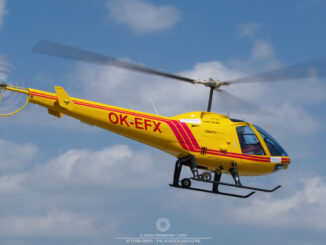 On 1st August 1977, Francis Gary Powers, one of the best-known American pilots of the Cold War era, died in a helicopter crash.
On 1st August 1977, Francis Gary Powers, one of the best-known American pilots of the Cold War era, died in a helicopter crash.
Powers was born on 17th August 1929, in Jenkins, Kentucky.
Reportedly, he had been interested in aviation since his teenage years. Nevertheless, after graduating from college, Powers initially enrolled in medical school but later switched to biology and chemistry.
In 1950, he graduated with a bachelor’s degree and, in the same year, enlisted in the United States Air Force (USAF). For about a year, Powers worked as a photo lab technician, but he was eventually accepted into pilot training.
In December 1952, Powers completed the course and was commissioned as a second lieutenant. He was then assigned to the 468th Strategic Fighter Squadron, which at that time was equipped with Republic F-84 Thunderjet fighters.
Powers’ military service was scheduled to end in December 1955, and he planned to pursue a career as a commercial pilot. However, he was found to be beyond the required age and, therefore, remained in the armed forces.
In January of the following year, Powers was recruited by the Central Intelligence Agency (CIA). As a result, he was discharged from the USAF at the rank of captain and became a civilian CIA employee.
During his time with the CIA, Powers participated in covert espionage missions over Eastern Europe and the Soviet Union, flying Lockheed U-2 aircraft, nicknamed the ´Dragon Lady´ (more information about the origins of the CIA spy flights and the development of the U-2 can be found in our Photo of the Week article – Lockheed U-2C (56–6693)).
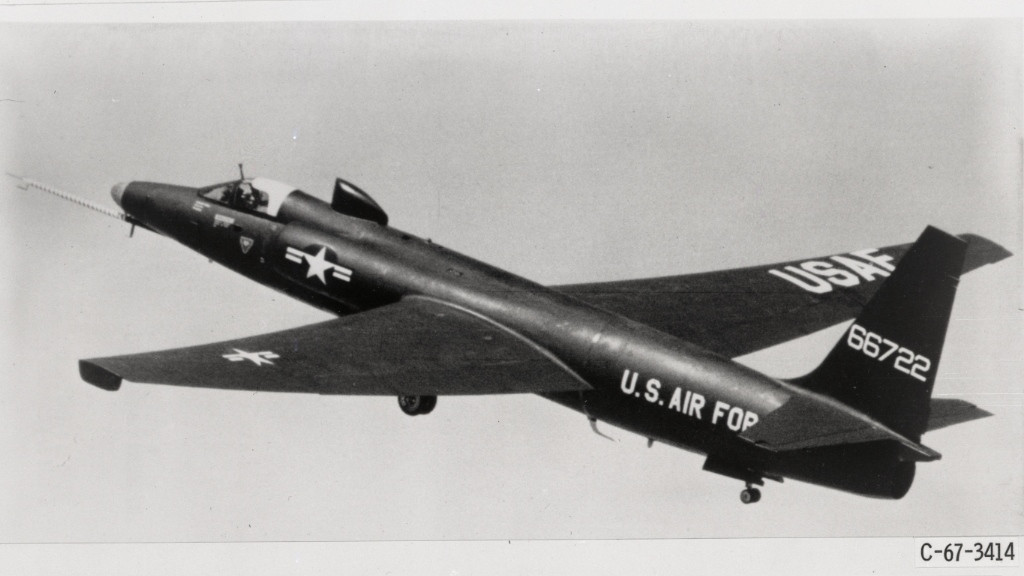
On 1st May 1960, the U-2C piloted by Captain Francis Gary Powers took-off from Peshawar Air Base in Pakistan. The mission, code-named ´Grand Slam´, had to be another high-altitude reconnaissance flight over Soviet territory. Powers was scheduled to overfly the Soviet Union and then land in Bodø, Norway.
However, Soviet air defence was expecting the flight, having tracked a previous U-2 mission over the USSR territory. Although several initial attempts to intercept Powers’ aircraft failed, the mission was brought down near Kosulino, in Sverdlovsk Oblast.
The recently introduced S-75 Dvina (NATO reporting name: SA-2 Guideline) surface-to-air missile system was responsible for the downing. One of its missiles, launched by a battery commanded by Major Mikhail Voronov, hit Powers’ aircraft. The American pilot managed to eject, parachuted safely, and was captured by the Soviets shortly after.
The so-called ´U-2 incident´ triggered a diplomatic crisis between the United States and the Soviet Union, particularly because the flight occurred just days before the scheduled Four Power Paris Summit and President Eisenhower’s planned visit to the USSR.
Powers was sentenced to ten years — three in prison and seven in a labour camp — but in February 1962, he was exchanged for Soviet spy Rudolf Abel, who had been captured by the FBI in 1957. The exchange famously took place on the Glienicke Bridge in Berlin, often referred to as the ´Bridge of Spies´.
Regrettably, Powers faced harsh criticism upon returning to the USA. The authorities accused him of failing to activate the aircraft’s self-destruct system — which allowed the Soviets to recover the wreckage, including cameras, film, and classified equipment — and of not taking his own life to avoid capture. Over the following months, he was interrogated by the CIA, the USAF, and a U.S. Senate committee. He also divorced his wife during this period.
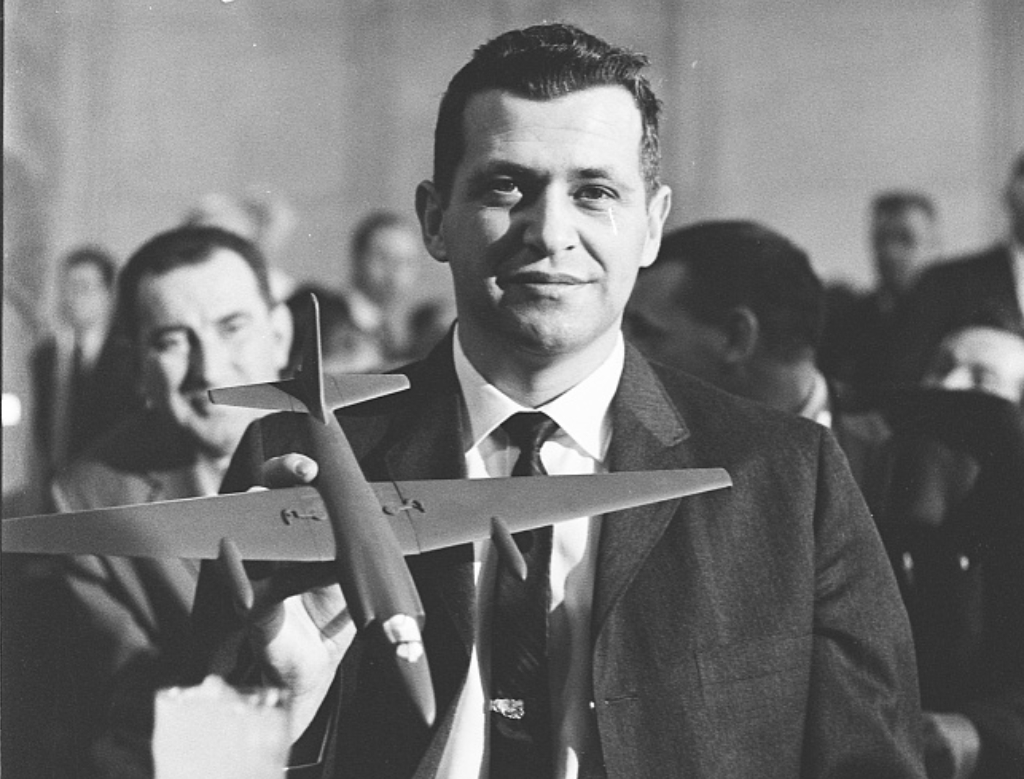
After his official release from the CIA, Powers became a test pilot for Lockheed, although his salary was reportedly still funded by the Agency.
However, he remained at the company for only two years. In 1970, Powers published a book titled Operation Overflight, recounting his mission over the Soviet Union. Shortly afterwards, he was dismissed from Lockheed.
He then worked for private radio and television stations as a helicopter pilot reporting on traffic and news. On 1st August 1977, his Bell 206 JetRanger helicopter crashed in Encino, California, killing Powers and his cameraman, George Spears.
According to the official investigation — though later questioned by Powers’ family — pilot error was determined to be the cause of the accident.
Interesting fact is that the wreckage of the U-2C flew by Powers during that fateful day was preserved and is being exhibited in Центральный музей Вооружённых Сил Российской Федерации (the Central Armed Forces Museum) in Moscow.

Cover photo: Francis Gary Powers (Library of Congress, LC-DIG-ppmsca-39634).

